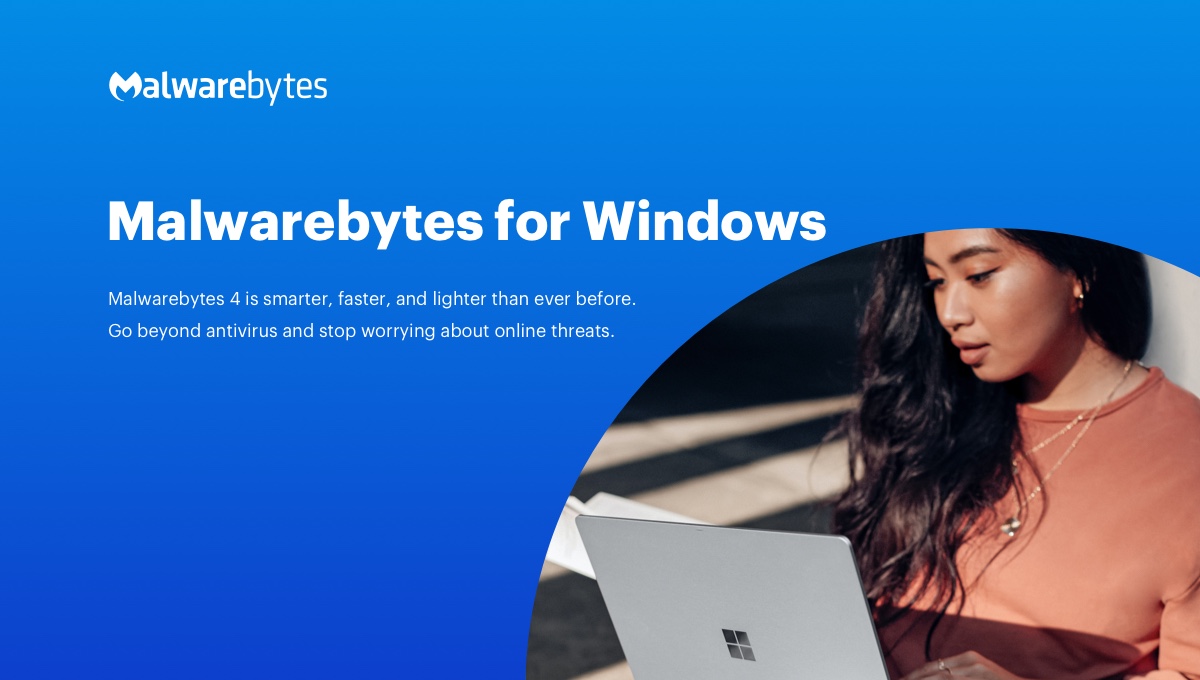

- #Malwarebytes google chrome install#
- #Malwarebytes google chrome update#
- #Malwarebytes google chrome manual#
- #Malwarebytes google chrome Patch#
- #Malwarebytes google chrome full#
In the meantime, if you haven’t done so yet, you should update and relaunch Chrome and don’t worry about your tabs, they will come right back. However, we cannot say for sure whether or not this could prevent the vulnerability from being exploited, since few details have been shared yet.

It will provide you with a safe and fast browsing experience blocking malicious websites while filtering out unwanted content, potentially giving you webpage load times up to 3x faster. Many security programs, including Malwarebytes, need to hook into processes, such as the browser and common Office applications, in order to detect and block exploits from happening. Malwarebytes Browser Guard for Chrome is a free extension designed to bring the protection of Malwarebytes direct to your browser. Some might see a bit of irony with this latest zero-day considering Google’s move to ban third-party software injections. Ĭonsidering how many users keep Chrome and all their tabs opened for days or even weeks without ever restarting the browser, the security impact is real.
#Malwarebytes google chrome manual#
For most users the update download is automatic, but restart is a usually a manual action. This newest exploit is different, in that initial chain targeted Chrome code directly, and thus required the user to have restarted the browser after the update was downloaded. Another Google engineer explains why this matters a lot, in comparison to past exploits: This may not seem like a big deal but it is.
#Malwarebytes google chrome Patch#
While it’s true that Chrome features an automatic update component, in order for the patch to be installed you must restart your browser. 121, your computer could be exploited without your knowledge.

If you are running Google Chrome and its version is below. This in itself is not an easy feat, and is usually observed only sporadically, perhaps during a Pwn2Own competition. But this time, Google is saying that this vulnerability is actively being used in the wild.Īccording to Clément Lecigne, the person from Google’s Threat Analysis Group who discovered the attack, there is another zero-day that exists in Microsoft Windows (yet to be patched), suggesting the two could be chained up for even greater damage.
#Malwarebytes google chrome full#
For starters, we are talking about a full exploitation that escapes the sandbox and leads to remote code execution. Fake Google Chrome browser alerts asking users to contact false tech support lines have increased over the last quarter for Windows users, according to Malwarebytes. There are several good reasons why you need to take this new Chrome zero-day ( CVE-2019-5786) seriously. Called Google CS and worked on it for over an hour, and still nothing. Went through Avast and Malwarebytes, and nothing was found. Just min/mx/close in the top right hand corner. I get a blank white screen, no resource locator window, nothing. It’s not often that we hear about a critical vulnerability in Google Chrome, and perhaps it’s even more rare when Google’s own engineers are urging users to patch. Ever since my latest update to for Win10, Google Chrome wont launch. This shows the benefits for certain applications from being allowed to inject into Chrome, something that Google’s new policies have disabled. Click the icon that looks like three vertical dots at the top right of the browser window. In our earlier post we exercised caution before claiming we would have blocked this zero-day, but we can now say with confidence that an older version of Malwarebytes (1.12.1.122) would have mitigated this attack: The steps below are identical for the Windows, macOS and Linux versions of Chrome. Malwarebytes Free isn't antivirus software and won't stop you being infected by malware, but it's a great way to clean out unwanted files.A proof of concept for CVE-2019-5786 was published by Exodus Intel.
#Malwarebytes google chrome install#
Then install and run Malwarebytes Free for Windows or macOS to zap anything the antivirus program missed. Start by running one of the best antivirus programs to try to get rid of the PUP, but be aware that some AV programs will not remove PUPs because makers of legal but unwanted programs may sue when that happens. Like a browser-hijacking extension, PUPs are legal in most cases, which makes them no less irritating. But you'll want to track down each PUP and kill it. If you've performed the browser reset, but your search engine and homepage are still set to something you didn't want, or they revert to unwanted settings after a short period of time, then you may have a potentially unwanted program (PUP) lurking in your system that is making the changes.


 0 kommentar(er)
0 kommentar(er)
